Sustainable Camping
Find Eco-Friendly and Sustainable Campsites in Denmark
Zealand and islands
Green Stay
EU Ecolabel
Green Stay
Green Stay
Green Stay
Funen and islands
Green Stay
Jutland
Green Stay
Green Stay
Green Stay
Green Stay
EU Ecolabel
Bornholm
Green Stay
Campsites Without Certification
We work with the following campsites that have no certification.
Guide to Green Camping
Guide to sustainable camping in Denmark and abroad. We’ve compiled a wide range of green tips and advice, whether you’re going on a camping holiday in Denmark or abroad.
Guide to: Sustainable Driving • On the Campsite • Eat Sustainably • In Nature
Guide to Green Camping
Guide to sustainable camping in Denmark and abroad. We’ve compiled a wide range of green tips and advice, whether you’re going on a camping holiday in Denmark or abroad.
Guide to:
Sustainable Driving
On the Campsite • Eat Sustainably • In Nature
Sustainable Driving
The vast majority of people who go on camping holidays drive themselves. It’s a good starting point if you want an environmentally conscious holiday. It emits less CO2 than if you fly.
Choosing Transport
If you choose to fly, direct flights to your destination are the most sustainable option. Planes emit up to 25 per cent more CO2 per stopover. So try to fly direct or with as few stopovers as possible.
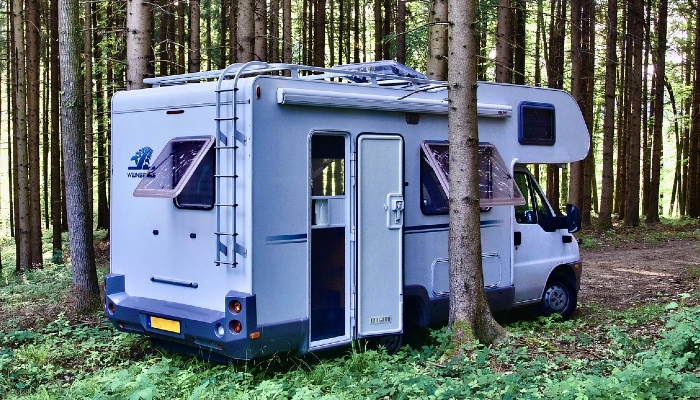
The Drive
We’ve put together some tips on how you can make your journey more sustainable.
The most economical way to drive is to keep a steady speed with the fewest possible braking and acceleration. If your car has cruise control, use it as much as possible. Remember that high speed equals high fuel consumption. For example, you can save up to 20 per cent fuel by keeping your speed at 110 km/h. instead of 130 km/h.
When accelerating, keep it fresh and change gear before the car reaches high revs. For diesel engines, this means 2,000 revs. New petrol cars should hit 1,500 revs, while you should change gear in older models at between 2,000 and 2,500 revs. It’s also a good idea to skip a gear when accelerating, for example by shifting directly from second to fourth gear.
It’s generally a good idea to choose the highest possible gear when driving. An excellent example is city driving. You can easily put the car in fourth or fifth gear when travelling at around 50 km/h.
Anticipation in traffic is also a great skill to have. If you can see up ahead that you’re going to have to brake, do it quietly and in good time. You may even be able to let off the accelerator instead of having to brake if you act in good time. Unnecessary braking and acceleration results in higher fuel consumption. Quite simply.
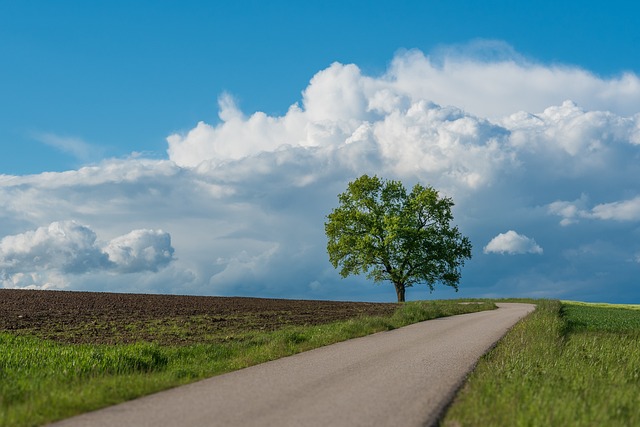
Remember Tyre Pressure
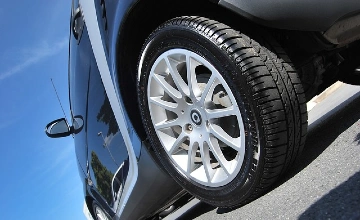
Therefore, always make sure you have the highest recommended tyre pressure in all your tyres.
Extra Luggage Costs More
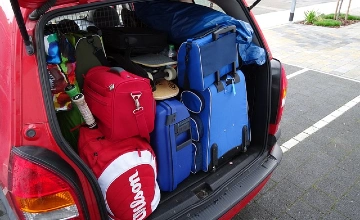
Aircondition
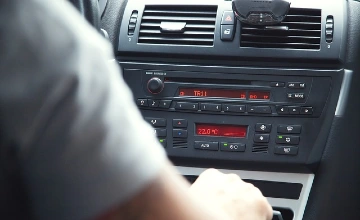
On the Campsite
Many campsites are implementing sustainable initiatives for their guests. You can also do your bit to help. In this section you’ll find tips on how to make campsite life more sustainable.
Save Electricity
- Switch off the lights in your caravan or motorhome when not in use.
- Unplug electrical appliances instead of leaving them on standby.
- Hang clothes to dry instead of using the tumble dryer.
- Switch off the air conditioning when you leave your car, caravan or motorhome.
You can also reduce your energy consumption by replacing old electronics and appliances with new climate-friendly models. Use the energy label to choose the most sustainable appliances. They may cost a little more, but if you calculate all your costs over the lifetime of the product, you can save a lot of money by choosing energy class A.
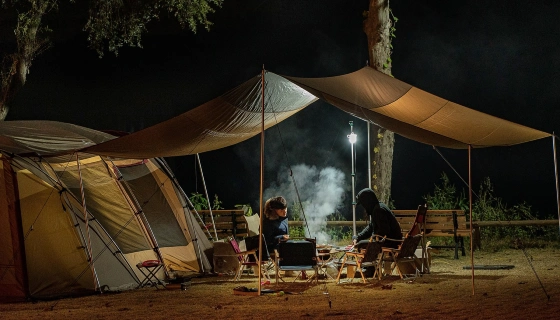
Conserve Water
Below are a few examples of good water saving tips you can follow:
- Wash up in a tub instead of under running water.
- Use a bowl of water instead of running water when peeling potatoes and rinsing vegetables.
- Take shorter showers. You save 8-12 litres of water per minute you shorten your shower.
- Switch off the water while soaping up.
- Switch off the water while brushing your teeth.
- Fill the washing machine to capacity, use the lowest possible temperature and skip the pre-wash.
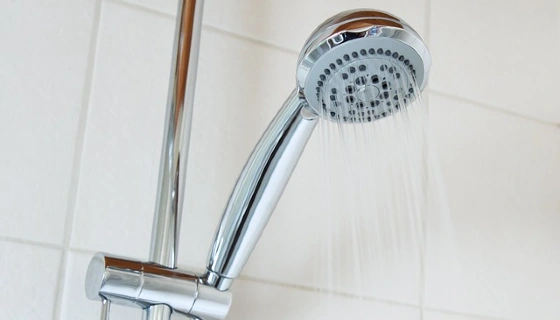
Sort Your Waste
If your campsite doesn’t have waste sorting, talk to them about whether it would be a good idea to introduce it. Together we can do more to spread the message of a greener and more sustainable world.
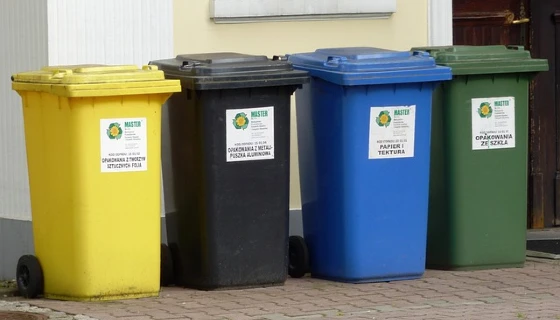
Drink Tap Water
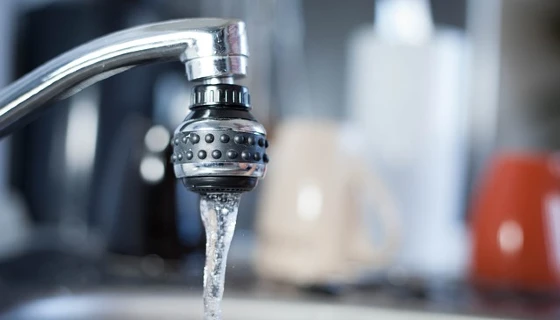
Eat Sustainably
Whether you choose to have a barbecue at the campsite or go to the local restaurant, you can do a lot to protect the environment. In this section you’ll find lots of tips on how to eat more sustainably on your camping holiday.
Choice of Produce
Luckily, camping holidays usually mean summer and sun. The perfect season if you want to eat more sustainably. Summer offers a cornucopia of delicious vegetables and fruits, especially if you travel south on your camping holiday.
In Italy, France and Spain, for example, you’ll find countless local markets where you can buy fresh local produce. They often take great pride in having produced the produce themselves and not using pesticides. It doesn’t get much more sustainable than that.
If you have the opportunity, visit local markets and buy locally produced products instead of choosing the nearest supermarket. Supermarkets often sell products that have been transported from far away. This is not very good for the environment.
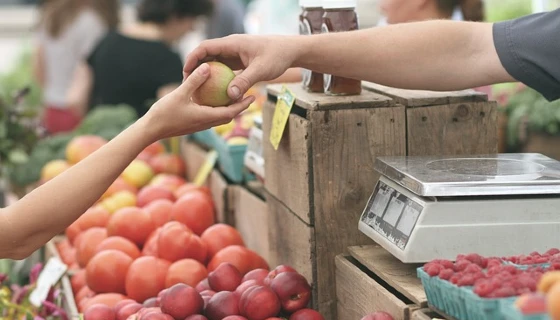
Choice of Restaurants
It could also be a fish restaurant that only uses fish caught via coastal fishing. A more gentle fishing method that does not affect the seabed and has minimal unwanted by-catch. Or perhaps the restaurant is part of a scheme that tries to minimise food waste.
There are many ways to run a restaurant more sustainably these days, and there are many restaurants that focus on this aspect.
You can help by choosing the restaurants that are doing something for the environment. This way, you’re showing that you support sustainable initiatives. And over time, more and more restaurants will hopefully realise that sustainability equals more customers.
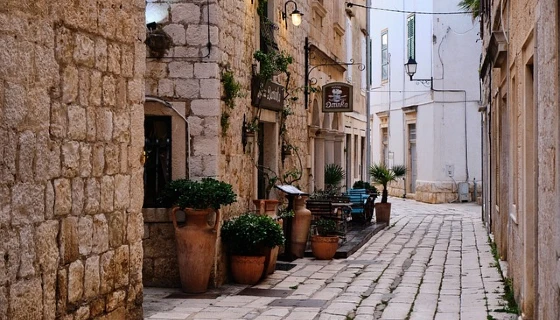
Choice of Food
In comparison, a kilo of potatoes emits just 360 grams of CO2, while a kilo of tomatoes emits 700 grams of CO2. If meat is on the menu, chicken meat is the most climate-friendly option. A kilo of chicken breast emits 3.4 kilos of CO2, while a kilo of chicken thighs emits 1.3 kilos of CO2.
See figures for over 500 foods at: denstoreklimadatabase.dk
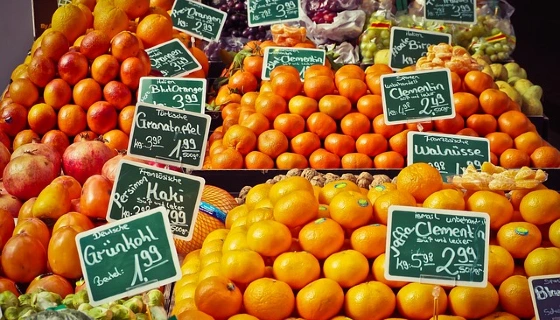
Choice of Barbecue
Use labelling schemes such as the Nordic Swan Ecolabel when buying barbecue briquettes. This will help you minimise your overall impact on the environment and climate. For example, Nordic Swan Ecolabelled barbecue briquettes must be 100% FSC or PEFC certified.
The worst thing you can do with a disposable barbecue is to bury it in the sand if you’ve been grilling on the beach. Other people might step on top of it. And when you cover the grill with sand, it can retain the heat even longer, which only increases the risk of other people getting hurt. There are countless examples of people getting hurt this way every year.
Aluminium does not belong in nature. It must be disposed of properly. That means not directly into the rubbish bin after use. As already mentioned, disposable barbecues can remain hot for several hours after use, so you risk setting fire to the bin and worse.
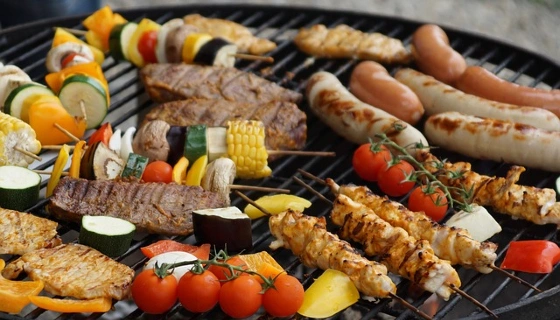
In Nature
The best thing about camping holidays is that you’re often close to nature. But that also means you need to be extra aware of how you behave. ‘The 7 principles of Leave No Trace’ describe how you can enjoy nature in a respectful and ethical way. In this section we have gathered the most relevant advice from these principles.
Leave Minimal Trace
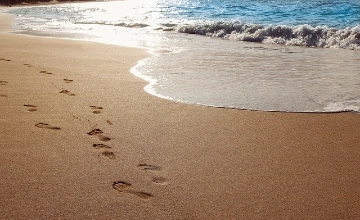
Clean Up After Others
If you’re particularly keen on keeping nature clean, there are even plenty of initiatives online that organise volunteer clean-up projects. Maybe you can find a project near your campsite. See for example earthday.org/cleanup
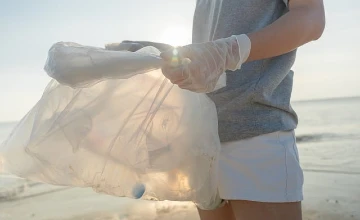
Are You Allowed to Collect Things in Nature?
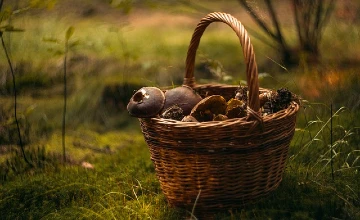
Visit Nature in Small Groups
If you’re part of a large group, you could, for example, suggest that you split into two. If you’re booking a guided tour, ask how many people are allowed on the tour. Not all tour companies think about the impact their tours have on nature.
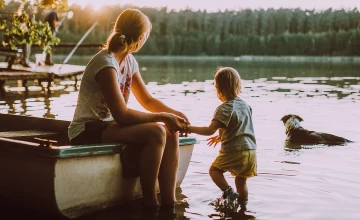
Never Litter
In addition, nature is harmed by the chemicals and microparticles that exist when unnatural objects decompose in nature. For example, cigarette butts can contain arsenic, lead and formaldehyde.
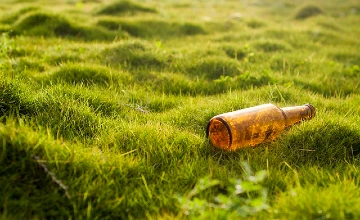
Respect the Wildlife
You should also not feed wild animals. Firstly, it can be harmful to their health. It can also change their behaviour, making them more tame and easier prey for other predators.
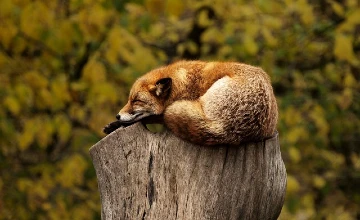
About Certifications
On TravelGreen.dk we indicate whether our partners have one or more of the following environmental certifications from authorities or environmental organisations.
The EU Ecolabel
The EU Ecolabel is an official EU label and a voluntary eco-labelling scheme.
Read more at eublomsten.dk.
Green Stay
Green Stay is an eco-labelling scheme under Camping Outdoor Denmark for sustainable campsites and camping retailers.
Read more at greenstay.dk.
Green Key
Green Key (including Green Camping) is an eco-label supported by the environmental organisation FEE and HORESTA.
Read more at greenkey.dk.
